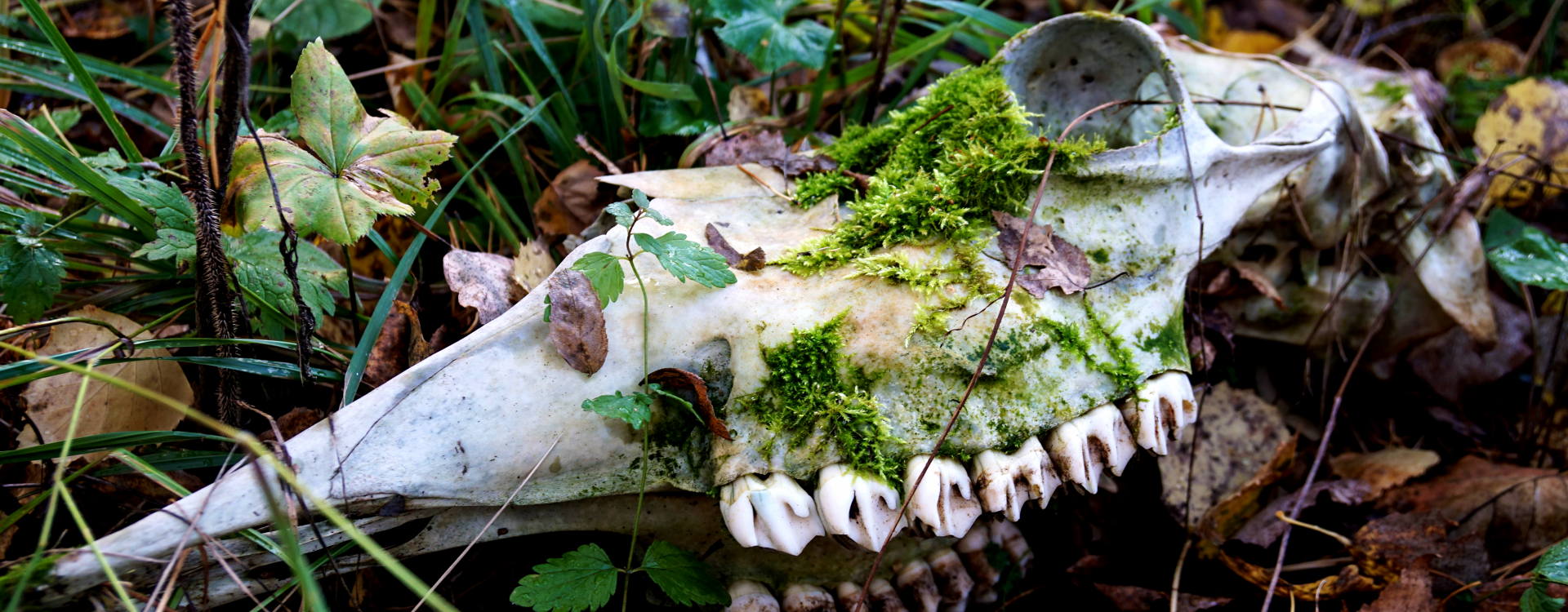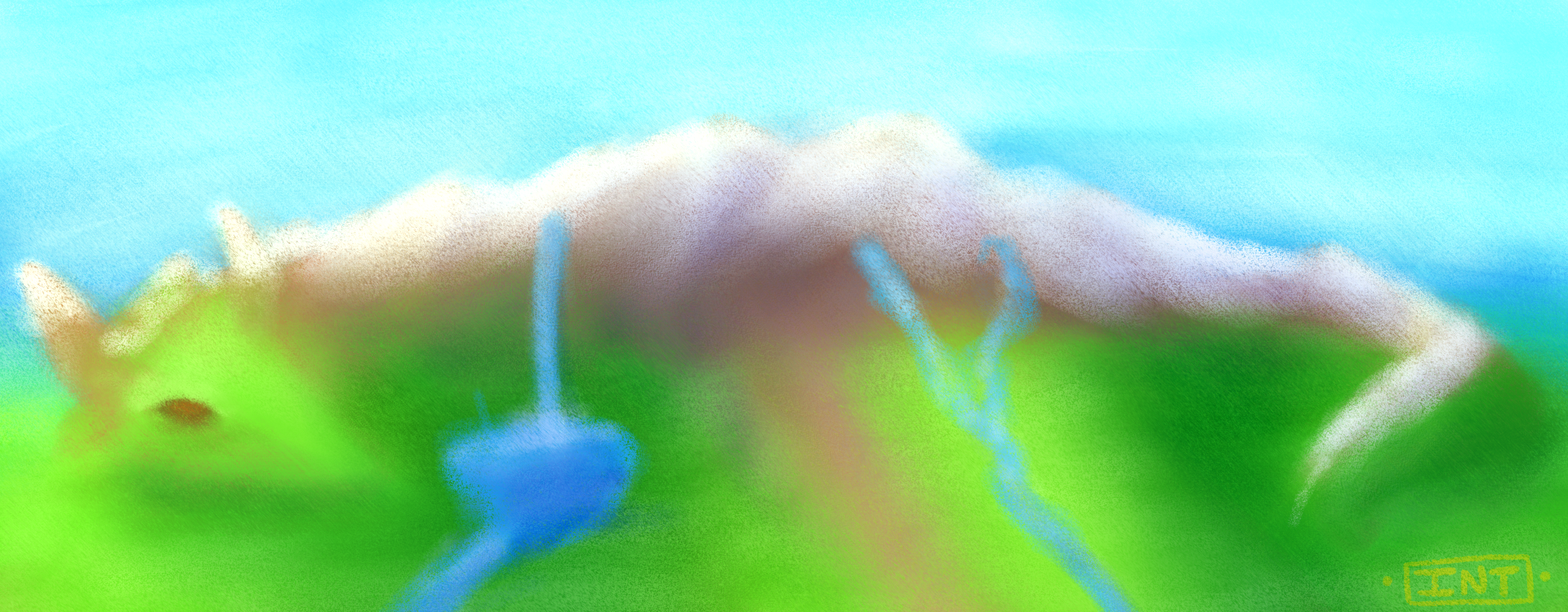Jrinta
You mean to say you wouldn't destroy the world for the sake of those you love?Jrinta was a Celestial Dragon, who slumbered under the earth for many tens of thousands of years. Their awakening in 27 Continuance utterly destroyed the country of Dyiiladuun, and they were fought and killed by pact-bound warriors shortly thereafter.
History
As a celestial, Jrinta was among the first dragons, born from a fragment of the soul of The Mother, source of the pantheon of Divinities. Like all celestials, their purpose was to help shape the world, forming the mountains and ravines. At some point during this pre-human phase of the world, Jrinta had a child, Ajirun. However, Ajirun died sometime thereafter. Overwhelmed with grief, Jrinta formed a grand peninsula in the south-eastern region of Thurásin, and place Ajirun's body inside. They then joined Ajirun under the earth, having another dragon finish the process of forming mountains and hills above them. There, Jrinta slumbered for tens if not hundreds of thousands of years. This peninsula later became the homeland of the Dyiiladuunawa, and their country, Dyiiladuun. This only became a problem in 20 Continuance, when Dyiiladuunawa miners discovered Ajirun's well-preserved body, and were ordered by the leader of Dyiiladuun that they be excavated. Once done, Ajirun's scales, bones, and fangs were taken and traded to many of the neighbouring countries for profit, owing to their value. Understandably, this infuriated the slumbering Jrinta. Efforts were made by many to stop the selling of Ajirun, both by concerned Dyiiladuunawa who thought defiling dragons was a sin, all the way up to the Divinities themselves. As the years went on, Jrinta woke more and more, fuelled by rage. The Divinities performed two mass-possessions of devout civilians to try to prevent tragedy, to no avail. At last, in 27 Continuance, Jrinta was fully awake. They subsequent went on a rampage, tearing through the mountains from underneath them, sinking the vast majority of the peninsula and sending large chunks of it flying outward. After becoming used to the light again, Jrinta decided to follow a vast number of Dyiiladuunawa who were trying to flee the destruction by sea, chasing them across the horizon. A short time later they returned, determined to continue their vengeance. This reign of terror was thankfully short-lived, as the Divinities formed pacts with thousands of willing fighters across the east and south-east, who channelled their energies to bring the dragon down from the sky. Once brought down and restrained, the Divinity of Justice was channelled to ask why Jrinta had gone on such a rampage. After receiving their name and story, the warriors brought Jrinta's life to an end. Out of respect, nothing was harvested from Jrinta's body, and efforts were made to recover the parts of Ajirun and return them to lie next to their parent. Many, especially Dyiiladuunawa people, made pilgrimages to Jrinta's resting place to leave small offerings to them and Ajirun, as small acts of repentance. Jrinta's skeleton remains in their resting place, now known as Dyirinbarum, towering above all visitors. Certain parts are under heavy surveillance, particularly their head, to prevent theft of bones or teeth. This has not always been successful, and they are far more diminished from their original state.Legacy
Jrinta's rampage and death are widely seen as a preventable tragedy, with all blame eventually pointed at a single man - Ngaabalumi, leader of Dyiiladuun during the desecration of Ajirun. Dyirinbarum commonly sees Dyiiladuunawa visitors, now a thousand years removed from the event, still wracked with guilt. Their name has even passed into the Dyiiladuunawa language, Garanya, as 'Dyirinda', meaning 'consequences'. Their story has been retold throughout the eras, often made into a tale decrying greed and encouraging humanity and respect. On the reverse hand, Jrinta has also inspired the Thurimppánye'i, a group directly descended from many of the warriors who fought them. The Thurimppányep'i are dragon slayers, who believe that consuming dragon meat and blood, and adorning themselves in dragon bones and scales, will grant them divine power like that which they granted while fighting Jrinta. To this end, many of the disappearances of bones from Dyirinbarum are presumed to be either by them for ritual purposes, or by thieves seeking to get rich quick due to the value of celestial dragon bones.Ajirun, the Defiled
It is unknown what caused Ajirun's death, as the centuries of burial and their subsequent defilement by Dyiiladuun obscured the truth. As a child of a celestial, Ajirun would have had enormous potential to become a powerful major dragon, and mould small areas of Thurásin to their will, and thus should have been difficult to kill. Jrinta's response to their death implied it was a great tragedy, and potentially an accident, as very few dragons have been known to react so drastically to the death of their kin. After the destruction of Dyiiladuun, and the revelations about who the dragon they had defiled was, many Dyiiladuunawa sought forgiveness from the young dragon. Ajirun soon became worshipped by them as the patron of the sea where Dyiiladuun once stood, and offerings are made to the remains of their corpse and directly into the ocean to honour them.
Overgrown Bones by SAVA86
Children




Comments